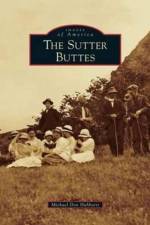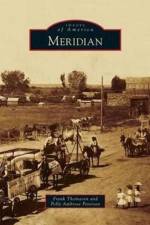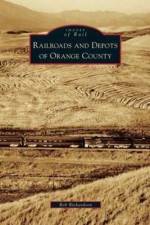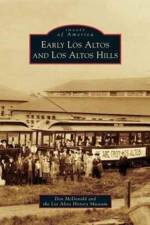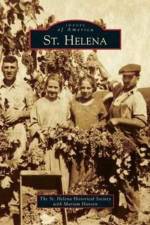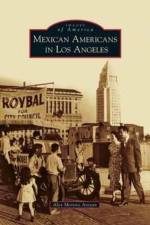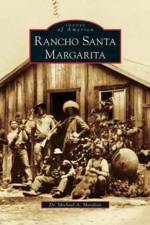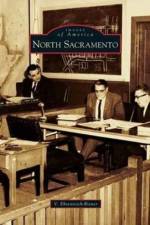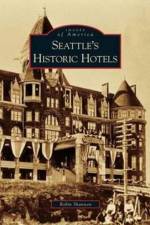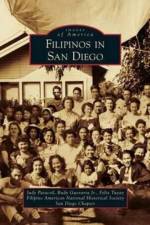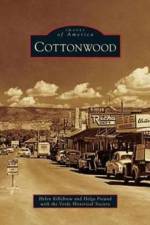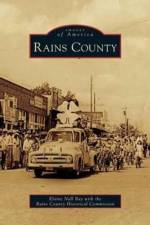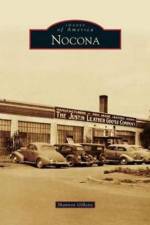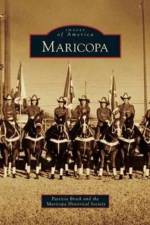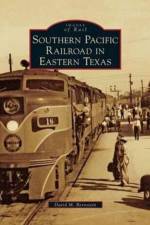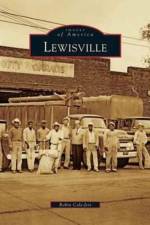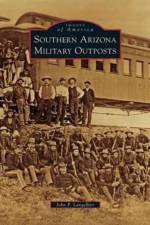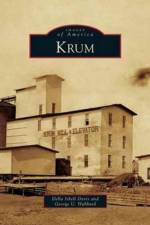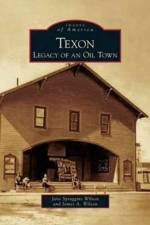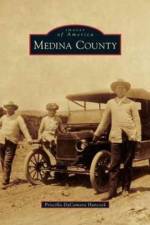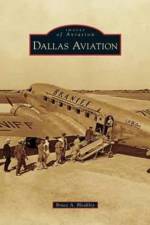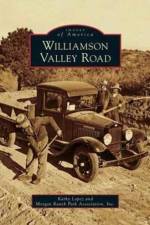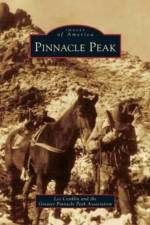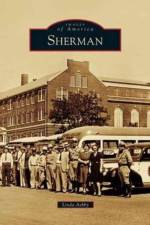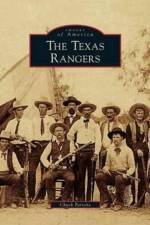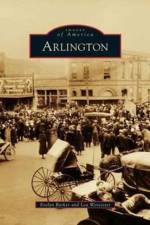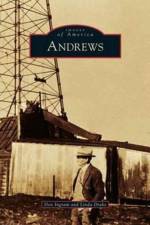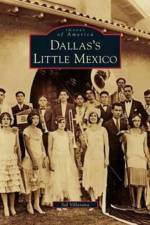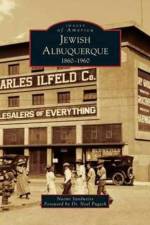av Priscilla Dacamara Hancock
359,-
Medina County was founded in 1848 by settlers from Europe and the eastern United States. At the time, Native Americans still lived on that land, which they called "Comancheria." Full of hope for a better life, settlers tamed an unfamiliar landscape that was filled with prickly pear cactus, rattlesnakes, coyotes, mountain lions, bison, armadillos, pecans, persimmons, and mustang grapes. The first settlements in Medina County were Castroville, Quihi, Vandenburg, and D'Hanis. New Fountain, New D'Hanis, LaCoste, Rio Medina, Hondo, and others were established later. The settlers worked hard growing cotton and grain and raising cattle, and they retained their old-world customs and religious faith in the face of many challenges. With the building of the Medina Dam, farming changed for the better, and new immigrants arrived to help establish schools and communities. Today the proximity to San Antonio allows people to work in the city while maintaining their homes, farms, and ranches in Medina County.

